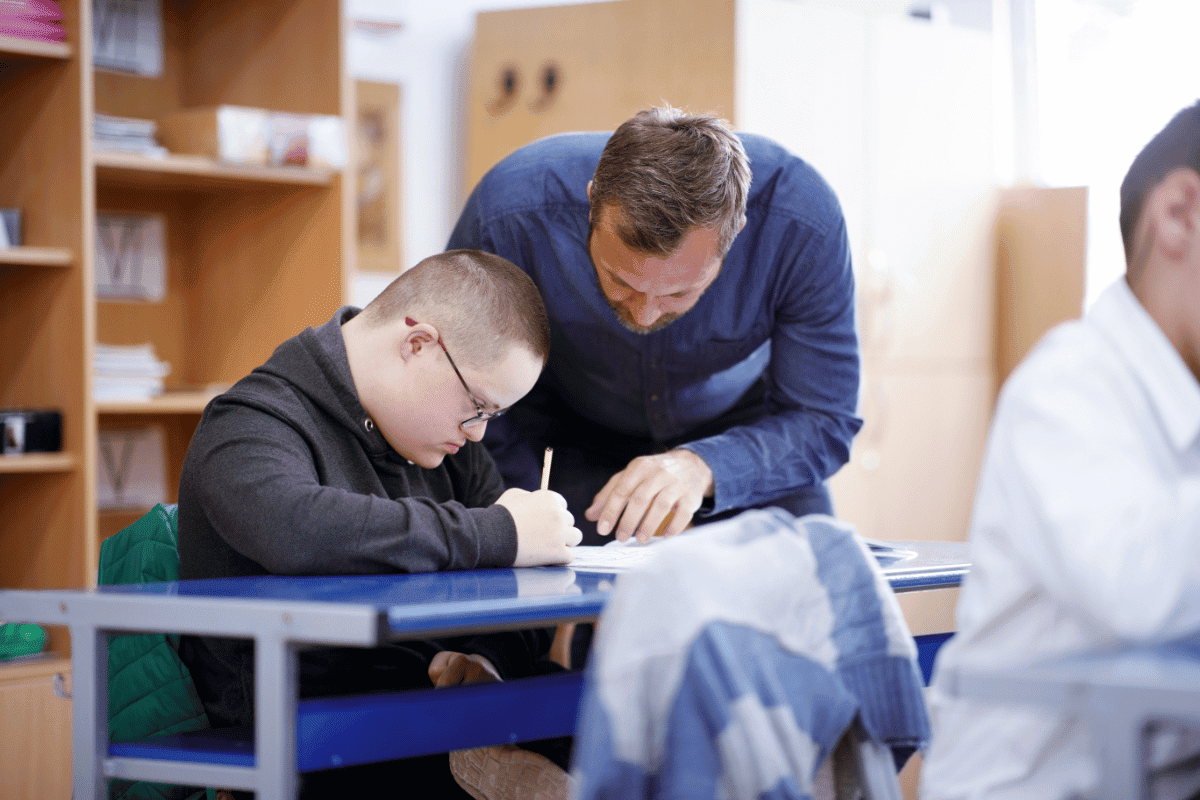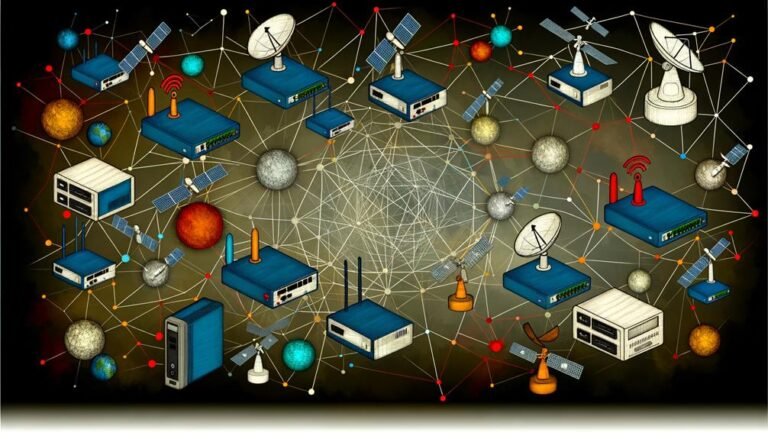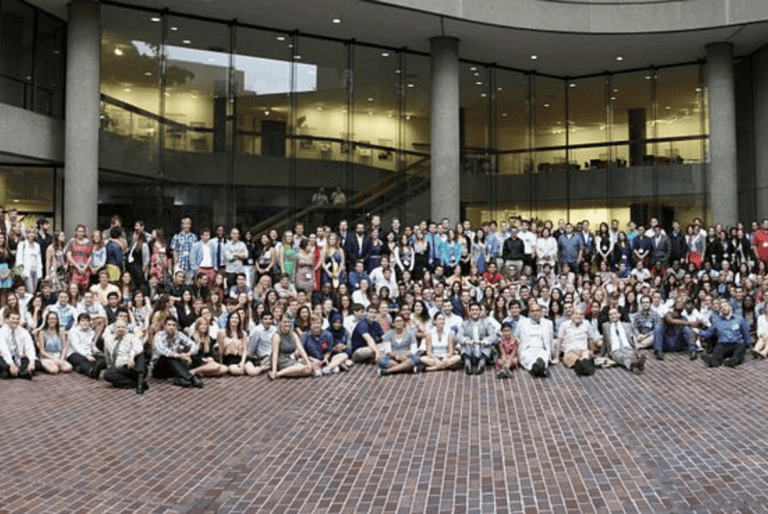Learning Disabilities: Identification and Strategies
As professionals in the field of education and psychology, it is essential to have a comprehensive understanding of learning disabilities, their identification, and effective strategies to support individuals with such challenges.
The complexities involved in recognizing and addressing learning disabilities require a nuanced approach that considers various factors such as cognitive processes, social and emotional well-being, and environmental influences.
By exploring the common signs and symptoms, assessment methods, and tailored instructional techniques, we can gain valuable insights into how best to create inclusive and supportive environments for individuals with learning disabilities.
Understanding these aspects not only enhances our ability to provide appropriate accommodations but also fosters a deeper understanding of the unique strengths and potential of those with learning disabilities.
Key Takeaways
- Learning disabilities can be caused by genetic and environmental factors, neurological differences, and brain development.
- Early intervention is crucial in addressing learning disabilities effectively.
- Educational accommodations and instructional strategies play a significant role in supporting students with learning disabilities.
- Assistive technology can enhance access to educational resources and opportunities for academic success.
Understanding Learning Disabilities
Understanding learning disabilities is essential for educators and parents to effectively support individuals who may experience challenges in acquiring and processing information. Learning disabilities can stem from various causes, including genetic and environmental factors, neurological differences, and brain development. The impacts of learning disabilities can manifest in difficulties with reading, writing, math, reasoning, and organization skills, affecting academic performance and daily functioning. It is crucial to recognize that learning disabilities are not indicative of intelligence but rather represent specific challenges in processing and expressing information.
There are different types of learning disabilities, each with its unique characteristics. Dyslexia, for example, affects reading and language processing, while dyscalculia impacts mathematical abilities. Attention-deficit/hyperactivity disorder (ADHD) can also coexist with learning disabilities, further complicating cognitive processing and attention regulation. Understanding these distinct types of learning disabilities is vital for early identification and tailored intervention strategies.
Common Signs and Symptoms
Identifying common signs and symptoms of learning disabilities is crucial for early intervention and tailored support in educational and home settings. Early intervention is key in addressing learning disabilities effectively.
Parents play a vital role in this process, as they are often the first to notice any developmental delays or challenges in their child’s learning. Common signs of learning disabilities include difficulties with reading, writing, or math, trouble following instructions, poor memory, lack of organizational skills, and struggles with time management. Children with learning disabilities may also exhibit low self-esteem, frustration with schoolwork, and avoidance of tasks that require cognitive effort.
Parental involvement is essential in recognizing these signs and symptoms. When parents are aware of the common indicators of learning disabilities, they can promptly seek professional assessments and support for their child.
Additionally, parents can collaborate with educators to develop individualized education plans (IEPs) and implement strategies at home to support their child’s learning. By identifying these common signs and symptoms early and involving parents in the intervention process, children with learning disabilities can receive the necessary support to thrive academically and personally.
Assessment and Diagnosis
Upon recognizing potential signs and symptoms of learning disabilities in a child, the next crucial step involves undergoing a comprehensive assessment and diagnosis process. This process typically involves a multidisciplinary team of professionals, including psychologists, special education teachers, speech-language pathologists, and other specialists. The assessment may include standardized tests, observations, interviews, and review of the child’s educational and medical history. The goal of assessment and diagnosis is to identify the specific learning difficulties, determine the child’s strengths and weaknesses, and develop an individualized education plan to support the child’s needs.
| Assessment and Diagnosis | |||
|---|---|---|---|
| Objective | Key Components | Benefits | Considerations |
| Identify difficulties | Standardized tests | Tailored interventions | Cultural and linguistic factors |
| Determine strengths | Observations | Early intervention | Parental involvement |
| Individualized plan | Educational history review | Access to specialized services | Advocacy efforts |
Early intervention and specialized services are crucial for addressing learning disabilities effectively. Parental involvement and advocacy efforts play a significant role in ensuring that the child receives the necessary support and accommodations to thrive academically and socially.
Educational Accommodations
After the diagnosis of a learning disability, educational accommodations are essential for creating an inclusive and supportive learning environment for the student. These accommodations are designed to help students with learning disabilities access the curriculum and demonstrate their knowledge and abilities.
Some common educational accommodations include:
- Classroom modifications: This may involve seating the student in an area with fewer distractions, providing visual aids, or using assistive technology to support their learning.
- Individualized plans: Developing individualized education plans (IEPs) or 504 plans allows for personalized accommodations tailored to the student’s specific needs, such as extended time on assignments or alternative methods for demonstrating comprehension.
- Academic adjustments and testing accommodations: These can include modifying assignments or tests to reduce reading level, providing oral administration of tests, allowing the use of calculators, or offering additional time for completing assignments and tests.
Instructional Strategies
When addressing the instructional needs of students with learning disabilities, educators must employ targeted strategies to support their academic progress and foster a positive learning experience.
Visual supports play a crucial role in aiding comprehension and retention for students with learning disabilities. Visual aids such as charts, diagrams, graphic organizers, and color-coded materials can help reinforce concepts and facilitate understanding.
Additionally, a multisensory approach is highly effective in accommodating diverse learning needs. This approach integrates visual, auditory, and tactile elements to engage students in learning through multiple channels. For instance, using manipulatives, incorporating music or rhythm into lessons, and providing opportunities for hands-on learning can enhance the learning experience for students with learning disabilities.
Furthermore, educators can utilize technology to provide visual and interactive learning experiences, such as educational software and digital tools designed to support different learning styles.
Assistive Technology
The integration of assistive technology is essential in providing tailored support for students with learning disabilities, enhancing their access to educational resources and opportunities for academic success. Utilizing various tech tools and learning aids can significantly benefit students with learning disabilities.
Some of the most effective assistive technology options include:
- Text-to-speech software: This technology helps students with reading difficulties by converting written text into spoken language, enabling them to comprehend and engage with the material more effectively.
- Graphic organizers: These visual tools assist students in organizing and comprehending information, making it easier for them to understand complex concepts and improve their writing skills.
- Speech recognition software: This tool enables students to convert spoken words into written text, aiding those with challenges in writing, spelling, and fine motor skills.
Social and Emotional Support
In addition to integrating assistive technology, fostering social and emotional support is crucial in creating a holistic and inclusive learning environment for students with learning disabilities. Peer mentoring plays a vital role in providing social support to students. By connecting them with peers who can offer guidance and understanding, students with learning disabilities can feel more supported and included in the school community.
Additionally, teaching self-regulation techniques equips students with the skills to manage their emotions and behaviors, promoting a positive social and emotional well-being.
Parent involvement is equally essential in providing social and emotional support to students with learning disabilities. Collaborating with parents to understand the unique needs of their children can lead to tailored support both at home and in the classroom. Furthermore, parents can be educated on stress management strategies to help their children cope with the challenges they face. By involving parents in the support process, a strong support network is created for the students, which contributes to their overall emotional well-being.
Ultimately, creating a supportive social and emotional environment is fundamental in enabling students with learning disabilities to thrive academically and personally.
Creating Inclusive Environments
Creating an inclusive environment for students with learning disabilities requires a comprehensive approach that addresses physical, social, and instructional aspects of the learning environment. Promoting acceptance and fostering understanding are essential components in achieving inclusivity.
Here are three strategies to create an inclusive environment:
- Universal Design for Learning (UDL): Implementing UDL principles ensures that instructional materials, assessments, and activities are accessible to all students, including those with learning disabilities. By offering multiple means of representation, engagement, and expression, UDL supports diverse learning needs and promotes inclusivity in the classroom.
- Positive Behavior Support (PBS): Implementing PBS involves creating a positive and supportive school culture where students’ social, emotional, and behavioral needs are addressed. This approach fosters understanding by teaching appropriate behaviors, providing individualized support, and promoting a sense of belonging for all students, including those with learning disabilities.
- Collaborative Partnerships: Encouraging collaboration among educators, parents, and support staff is crucial for creating an inclusive environment. Building strong partnerships promotes acceptance and understanding of students with learning disabilities, leading to tailored support and effective strategies that benefit the entire learning community.
Conclusion
In conclusion, understanding and addressing learning disabilities is essential for creating inclusive environments in education.
According to the National Center for Learning Disabilities, approximately 1 in 5 individuals in the United States have a learning disability, highlighting the importance of implementing effective strategies and accommodations in educational settings to support these individuals.
By recognizing and addressing the common signs and symptoms, providing appropriate assessments, and utilizing instructional strategies and assistive technology, educators can help students with learning disabilities thrive in their academic pursuits.








